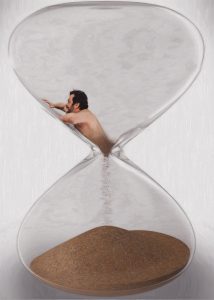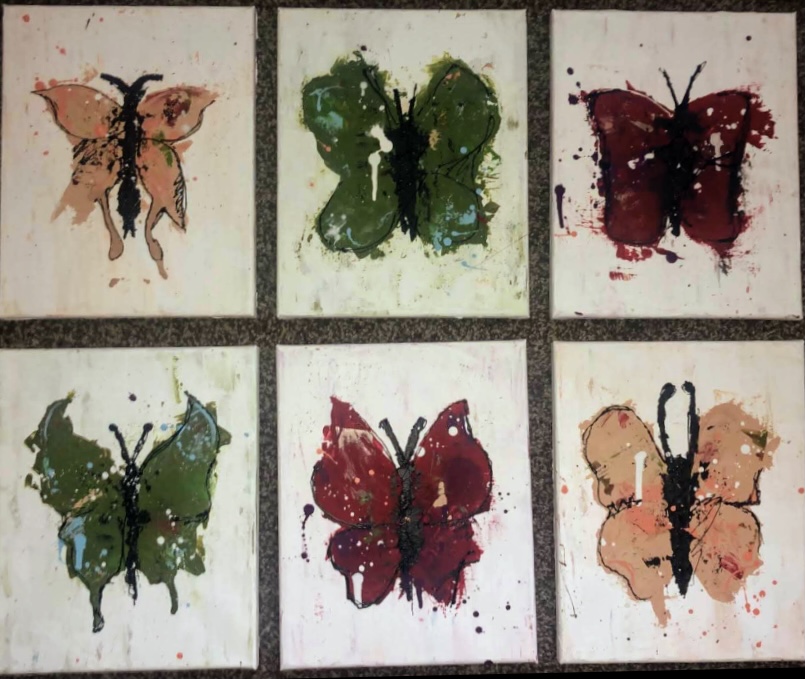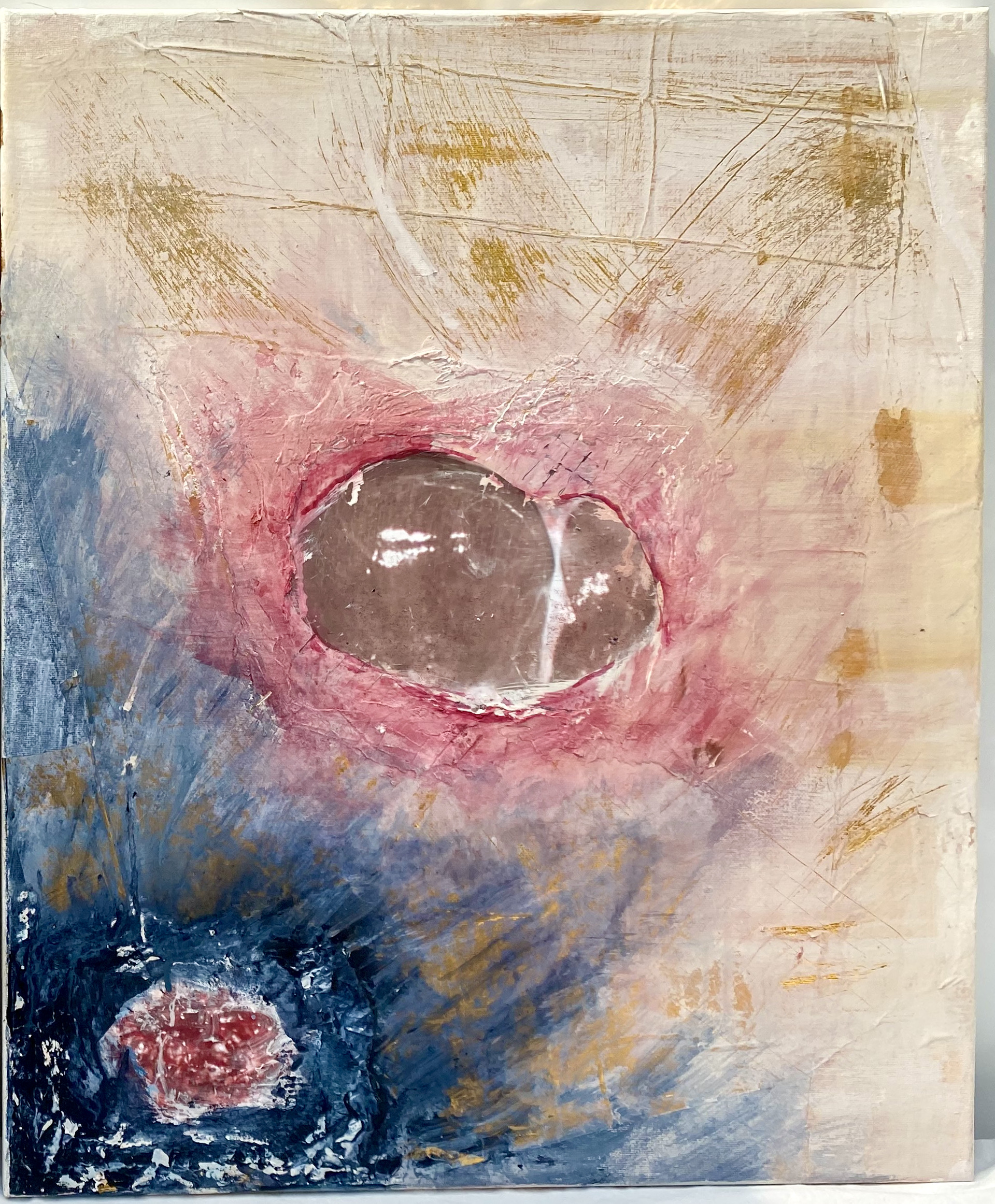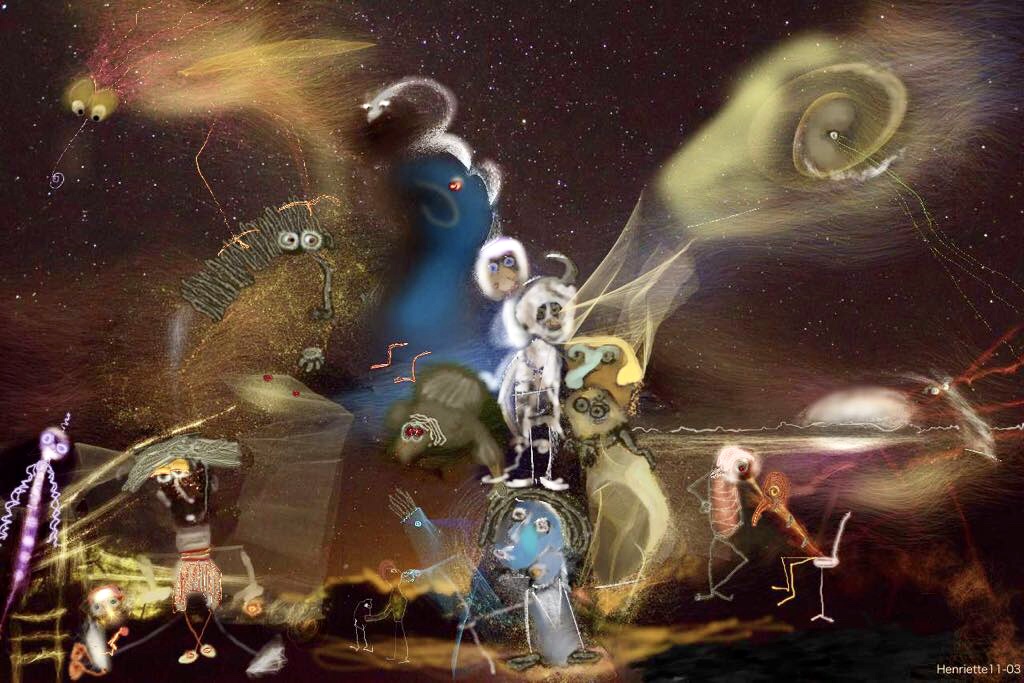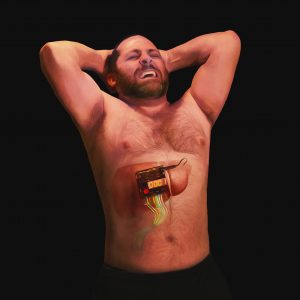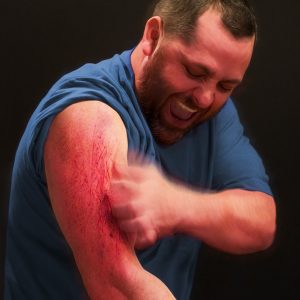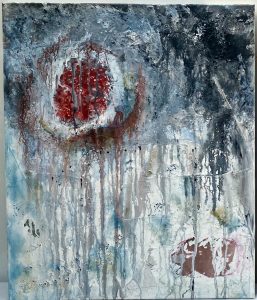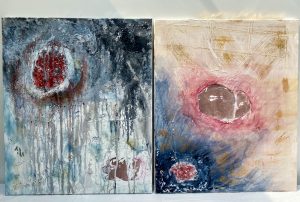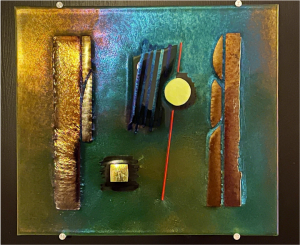Congratulating the winners of our Love Your Liver Patient Art Competition
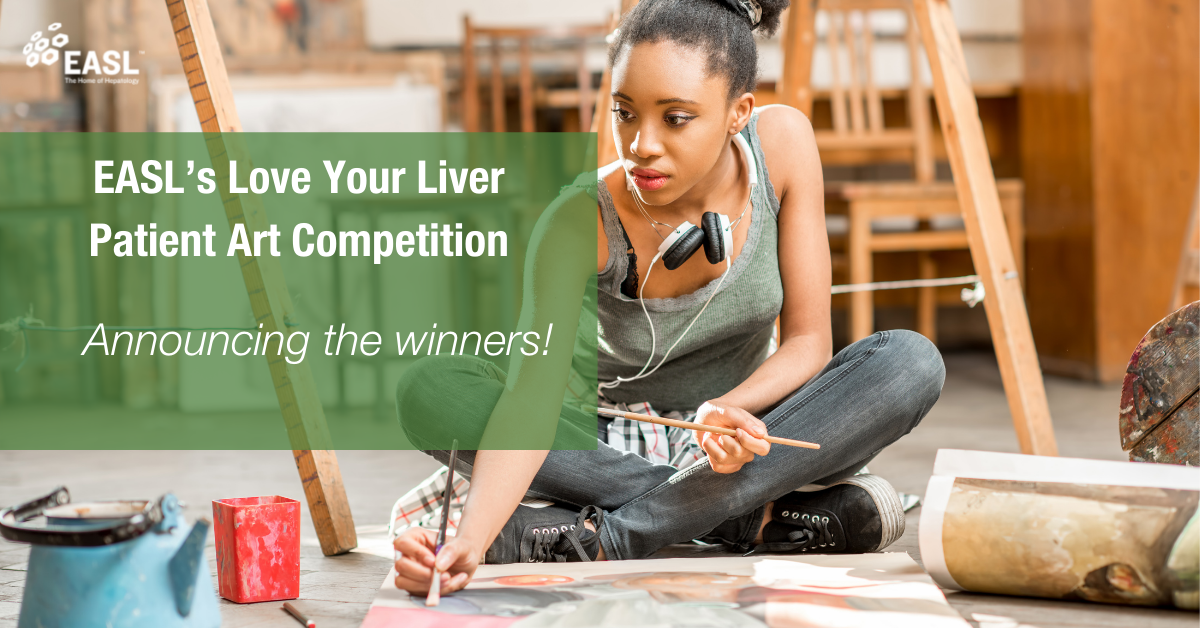
21 April 2021
Thank you to all the fantastic artists who took part in the Love Your Liver patient art competition, sharing their artworks with EASL! They were sobering, humbling, inspiring, frank, and fresh.
“Wherever the art of medicine is loved, there is also a love of humanity,” wrote Hippocrates, c. 460–370 BCE. Studies have shown that creative activities can help people living with illnesses or diseases. The creative urge comes upon us all. We may feel compelled to capture beauty, to express our emotions, to render something of our inner selves material and tangible, and potentially to share it with others. To create art. We asked our liver patient community (patients, their loved ones, or carers) to share their artworks, expressing their experiences of living with liver conditions.
We congratulate the winners, showcased below, and encourage them to keep their artistic talents thriving. Browse their art, below, and share the news with your network. Click on the images below to view them in a larger format.
Winning entry, at first place
“Art is a wound turned into light,” wrote French painter, Georges Braque (1882–1963).
Winning entries sharing second, third, and fourth place
Discover other top entries
Grenzen Leben (Living Boundaries), by Karin Brummel: interdisciplinary artwork of melted glass plus an accompanying written text
Background to this competition
In collaboration with the EASL-affiliated patient organisations, in the run-up to ILC 2021, EASL launched the Love Your Liver Patient Art Competition in April 2021.
With this creative initiative, EASL supports the World Health Organization’s Sustainable Development Goal No. 3: to ensure healthy lives and promote well-being for all at all ages. We are aiming not only to promote patient well-being, but also to raise awareness among healthcare professionals about the importance of creativity for patients on their path to optimising their liver health. EASL is striving to improve the future of patient care and to underline that the arts in health practices can deliver genuine benefits to patients and to include patient organisations increasingly in EASL’s work.
How do art and medicine interface?
At first glance, the world of medicine and the world of art and culture could not be more different. Medicine is, almost by definition, rather conservative — bound by regulation and guidelines. In contrast, art and culture are characterised by creativity, imagination, and liberal thinking, with little formal supervision. Yet the origins of medicine and the arts are tightly intertwined, and this has synchronicity been scientifically proven.[1],[2]
[1] “Art for better health and wellbeing”, British Medical Journal, 2018; 363 doi: BMJ 2018;363:k5353
https://doi.org/10.1136/bmj.k5353 (Published 21 December 2018)
[2] “Cultural activities linked to lower mortality”, British Medical Journal, 2019; 367; doi:10.1136/bmj.l6774
https://www.bmj.com/content/367/bmj.l6774/rr (Published 18 December 2019)
How can art benefit patients?
Even if the benefits relating to creativity, and self-expression are less easily measured than conventional outcomes, like blood pressure or body mass index, arts in health practices work is vital. The arts carry genuine benefits. Health commissioners and others helping to create systems that support healthcare, need to pay keen attention and explore how to bring medicine and the arts closer together, where they belong.
If you have any questions about the contest, please contact yoanna.nedelcheva@easloffice.eu


